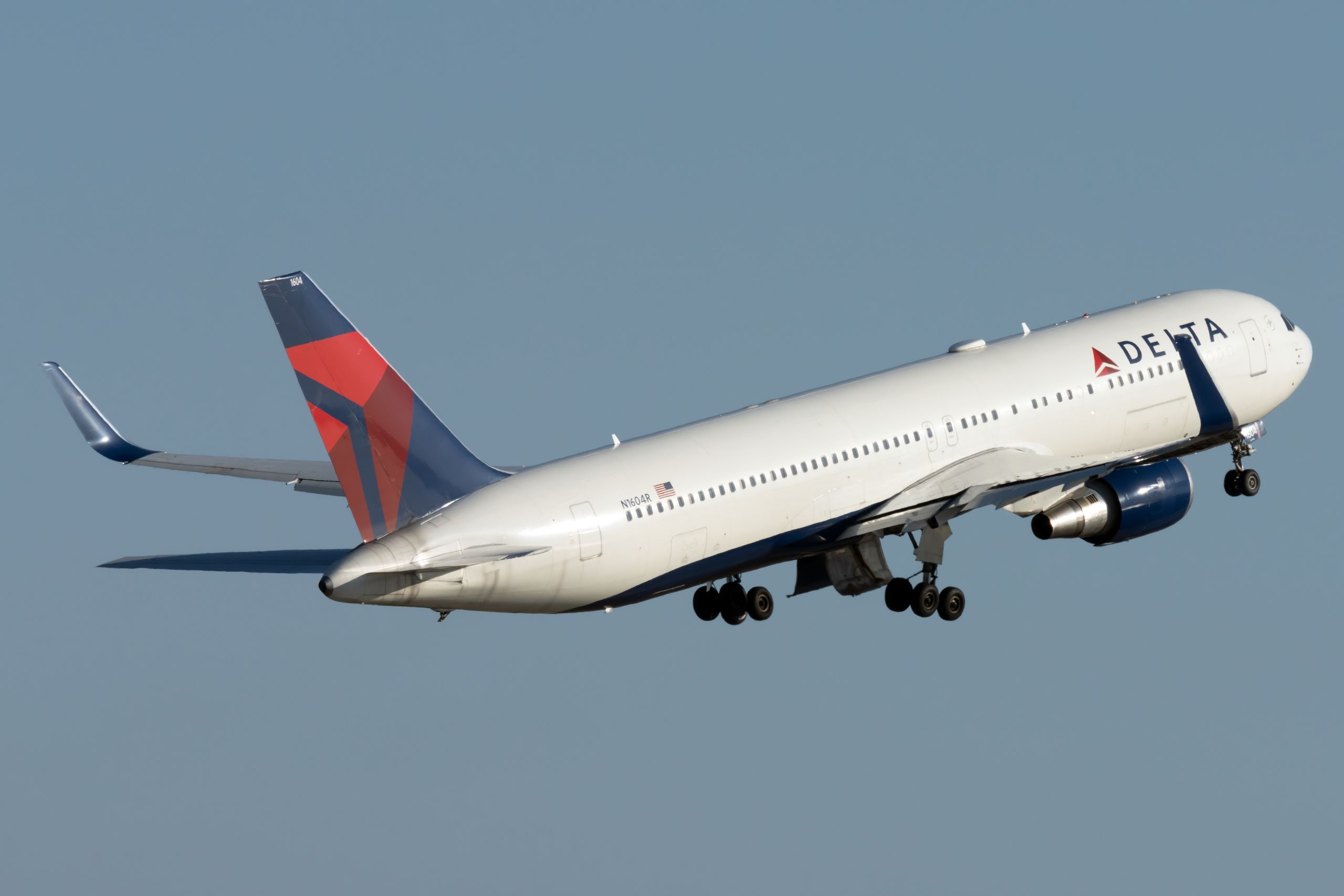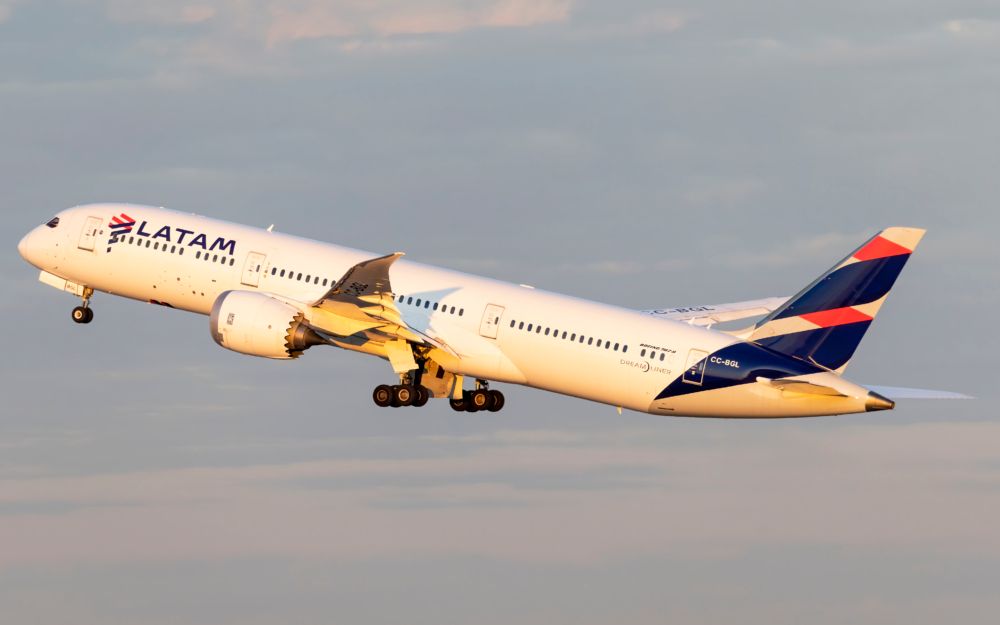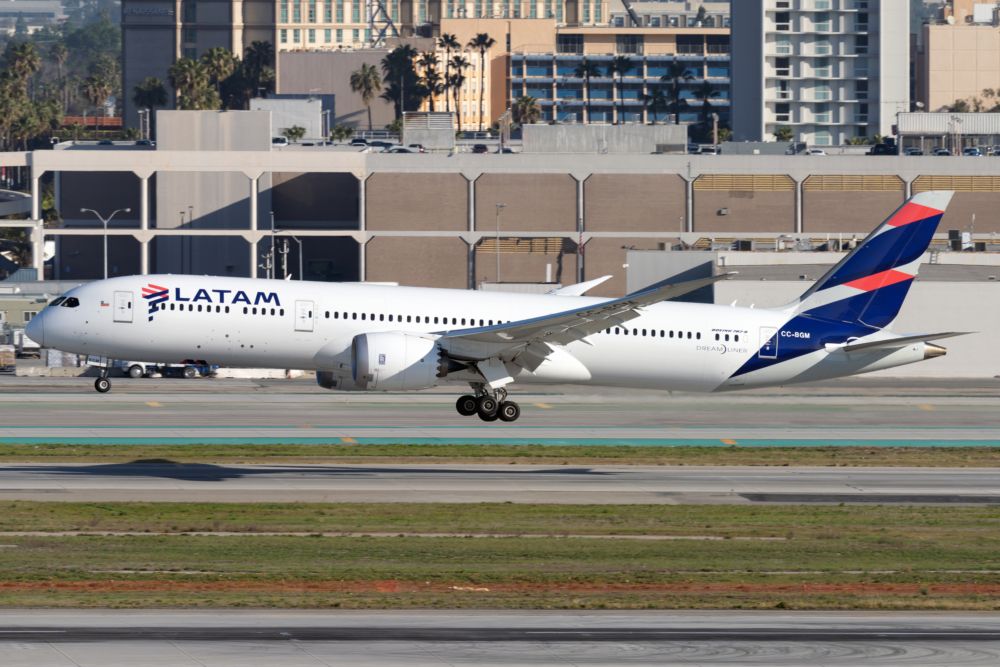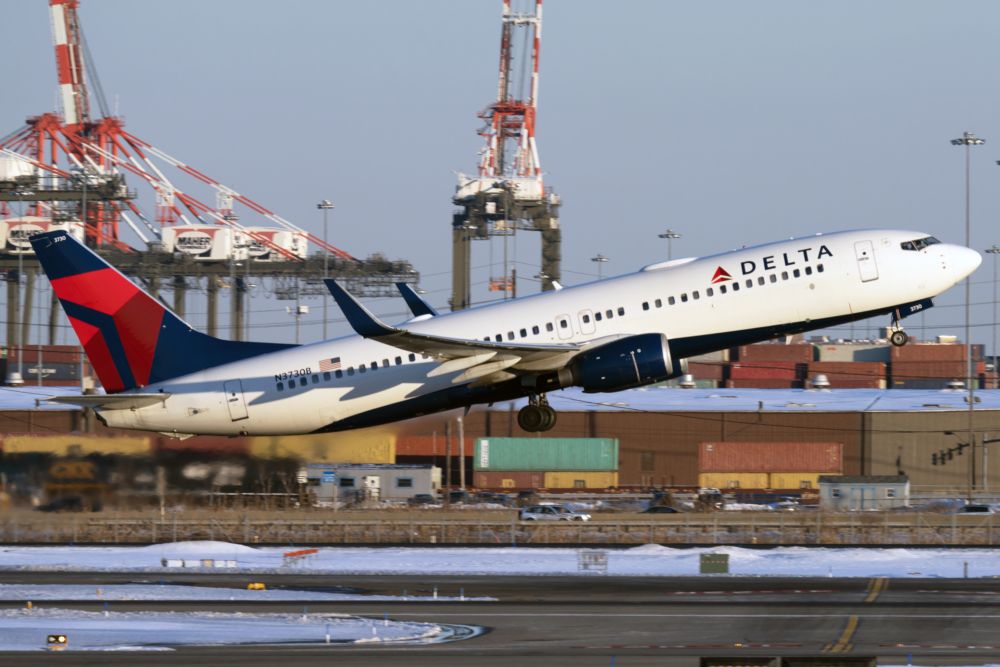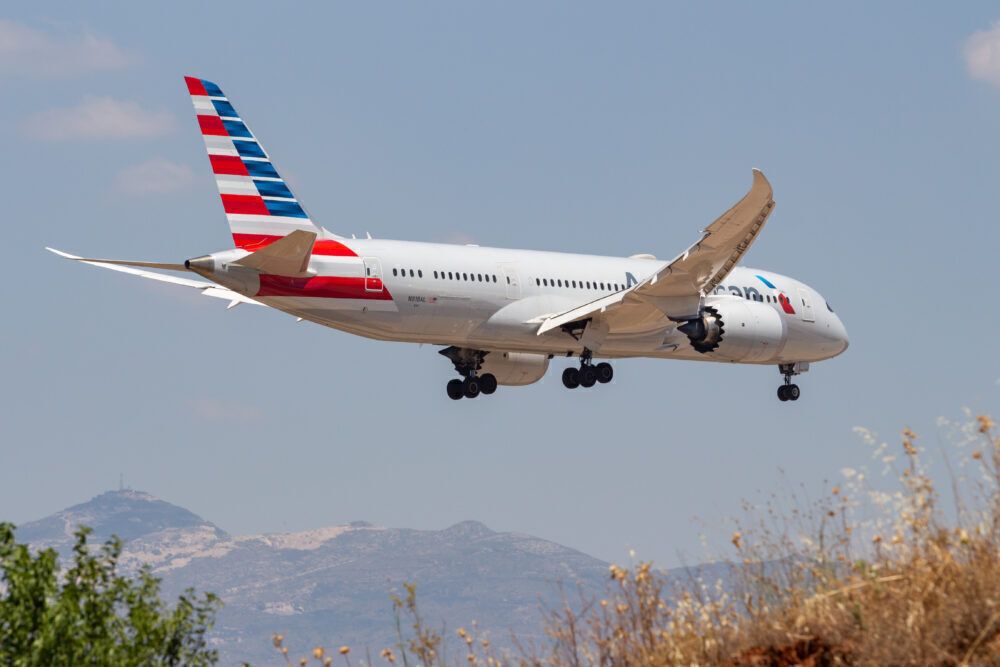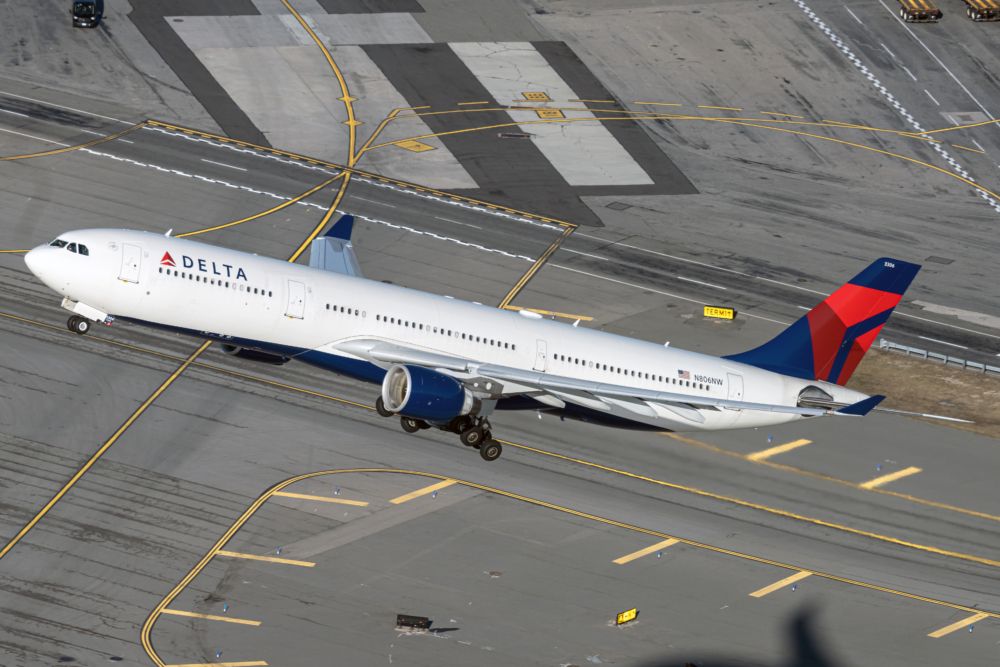Delta Air Lines and LATAM Airlines are continuing with their push for joint venture approval from the United States Department of Transportation (DOT). In the latest update, the two carriers are heavily focused on assuring the DOT that their pre-pandemic plans to grow long-haul international routes, co-locate at airports, and expand their respective short- and medium-haul domestic and regional markets are still on the books but just delayed due to the pandemic.
Delta and LATAM plan to grow capacity
With the joint venture, both Delta and LATAM see growth opportunities. This includes at least nine new nonstop routes between the US and South America, incremental to the pre-pandemic baseline. While the two airlines did not reveal the specific routes they are looking at, there are certainly some strong hints.
While LATAM flies to Delta hubs in Boston, New York, and Los Angeles, Delta's main gateway to South America is its largest hub at Atlanta, where LATAM does not fly. Delta also flies routes to South America out of New York (JFK) but has a much more limited presence.
To the DOT's request for information, both Delta and LATAM stated their anticipated joint venture "will result in more comprehensive services to these cities and offer a platform for future JV services at [redacted in public filing]." This likely references other of Delta's hubs and major US gateways.
Delta has previously flown nonstop to South America from its hub at Detroit and Orlando. Both of those routes were cut pre-crisis.
Meanwhile, LATAM could also expand its flying to the US. American Airlines has recently cut much of its South American long-haul network out of LAX, leaving an opening for LATAM. Traditionally, Delta's long-haul joint venture partners have added flying to the carrier's largest hub in Atlanta, and there could certainly be room for both LATAM and Delta at the airport. LATAM is getting rid of its Airbus A350s (which are ending up at Delta), but it still has Boeing 787s it can deploy to the US.
Stay informed: Sign up for our daily and weekly aviation news digests.
Miami will still be important
With the onset of the crisis, Delta pushed back some of the launches of new services out of Miami to key domestic destinations to provide some feed for LATAM's flights. The DOT asked about Delta's plan in Miami, and Delta has doubled down on its plan.
Delta states it plans to add over 20 additional domestic flights to Miami. This includes from its hubs and top corporate travel destinations around the United States, along with some frequency increases on key routes.
When the JV is implemented, Delta is anticipating it will ultimately result in a 33% increase in Delta's seat capacity with a 57% increase in flights on Delta out of Miami compared to pre-pandemic operations.
This will see Delta flying nonstop service between 10 US cities and Miami. Salt Lake City-Miami and Raleigh-Miami have both launched, and Delta still anticipates adding Tampa and Orlando service from Miami as travel to South America recovers.
Taking on the competition
The largest competitive threat to a Delta/LATAM joint venture is American Airlines. The carrier is the dominant US airline on flights to South America by a large margin.
Delta and LATAM anticipate using the JV to create a competitive network to rival American Airlines. Not to mention, American Airlines is starting to rebound after losing LATAM to Delta. The airline has expanded its partnership with GOL and is turning to JetSMART for new connectivity in deep South America. American also has indicated it has no plans to cut back in South America and instead sees even more growth opportunities in the region.
Delta has historically had a small presence in South America. It mainly targets the major destinations in South America, while American has had little issue expanding in secondary destinations, including within Colombia and Brazil.
More markets for customers
Delta and LATAM advertise that over 7,000 online, metal-neutral city pairs are available for customers to choose from. This is on top of the myriad of new route options that both airlines can market.
Without the American partnership, through Delta, LATAM gains access to markets across the US where it does not currently fly. For example, it will be able to offer connecting itineraries to major destinations like San Francisco, Las Vegas, Chicago, or Washington D.C. – among others – via a connection onboard Delta Air Lines.
Delta, meanwhile, can market more flights to South America for its customers. This includes flights to secondary destinations like Punta Arenas, Fortaleza, Cuzco, Cordoba, or Barranquilla that it currently does not serve and to which the carrier likely will not be able to serve.

